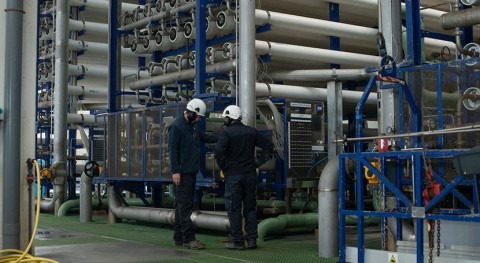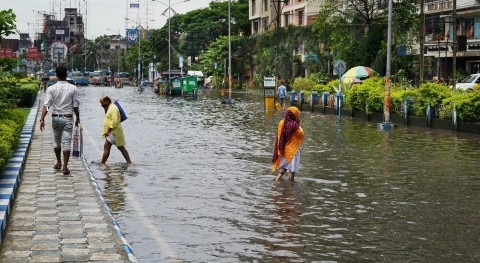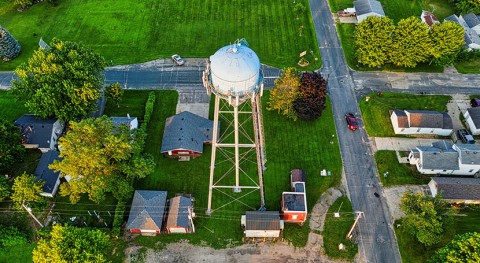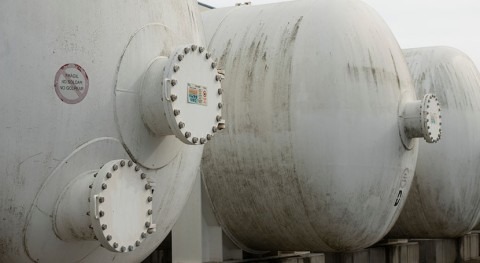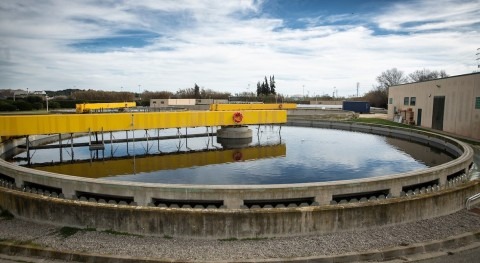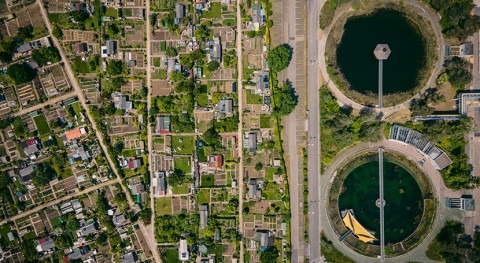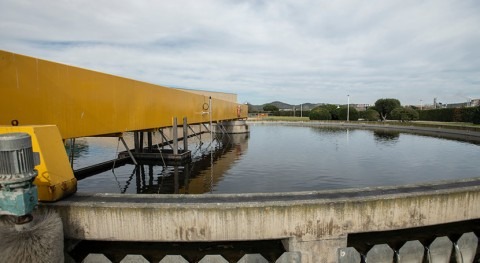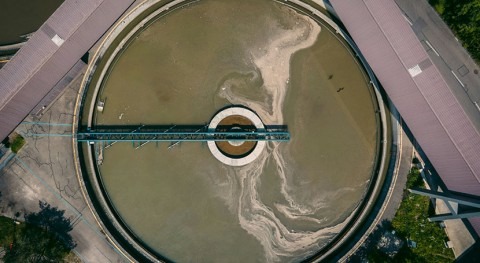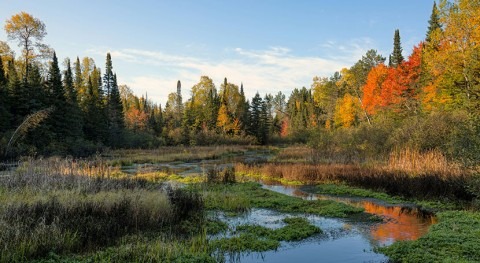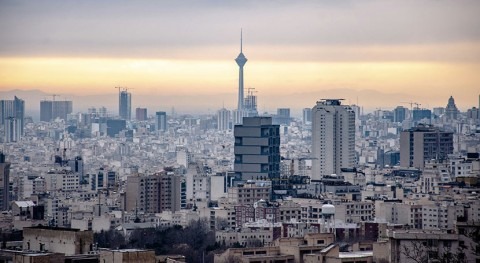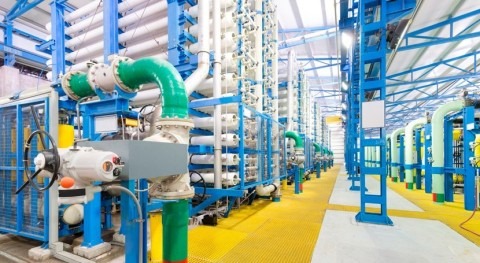Europe has a history of dry periods, which have intensified in some areas of the Mediterranean and the lower Danube region in eastern Europe. But in recent years droughts have been more frequent and severe in the whole continent. Evidence shows that freshwater ecosystems which are not healthy are less able to cope with the effects of drought, heat and floods.
The Water Framework Directive, Europe’s umbrella water legislation, requires water bodies to achieve a “good status” by 2027 at the latest. According to the 2018 Assessment of status and pressures by the European Environment Agency, 60% of Europe’s surface waters do not meet this requirement yet.
European rivers are heavily regulated by dams to increase water storage capacity for different uses, with agriculture being a major pressure, responsible for about 40% of the water use in the continent. A briefing by WWF, “Good Water management: The heart of Europe’s drought response”, postulates that the reason droughts have become worse is not low rainfall, but overexploitation and poor management of freshwater ecosystems, including surface waters and groundwater.
Tackling drought in Europe
To date, actions taken by countries are for the most part reactive, once the negative effects of droughts can be felt. But to be effective, actions should be taken when we can still preserve the water provided by freshwater ecosystems. Emergency measures to deal with drought once it occurs, such as implementing water restrictions, often come too late. Everyday poor water management ─ including damaging freshwater ecosystems and using too much water ─ has consequences that will be felt at some point in the future.
The Water Framework Directive, Europe’s umbrella water legislation, requires water bodies to achieve a “good status” by 2027
For instance, over-allocation of water is common place from the start of the hydrological year, in October in Europe. Authorities allocate available water to different demands, but if precipitation is lower than expected, they end up with an imbalance between supply and demand. In fact, over-abstraction is an important pressure, affecting 7 per cent of surface waters and 17 per cent of groundwater aquifers, according to the assessment of status and pressures in European waters prepared by the European Environment Agency in 2018. This puts at risk the very reserves that would be needed in case of drought.
Reservoirs deserve special mention. Traditionally used to store winter rainfall and ensure the water supply throughout the rest of the year, in recent years large dams have not been built in European countries and there are many concerns about their environmental effects. They form part of the hydromorphological pressures that affect 40% of surface water bodies in Europe according to the EEA. WWF claims that by disrupting the natural balance of freshwater ecosystems, they make them more vulnerable to drought.
Road map to resilience
Even though progress has been made since the WFD entered into force in December 2020, WWF believes that the Member States have not committed enough resources to ensure water resources are resilient to drought, heat and floods. In order for Europe’s water bodies, including, surface, coastal and transitional waters, as well as groundwater to achieve the WFD’s objectives by the 2027 deadline, strong measures are needed. That is the path to follow if we want to be able to cope with the pressures ahead.
The nexus between water management and climate action is an obvious one. Recurrent drought will become a reality as climate change progresses. Reducing carbon emissions will help decrease the frequency and severity of droughts. But a lot more can be done. We need better water management to address not only the impacts of climate change (adapting by countering the effects of floods and water stress), but also the causes (for example, increasing water efficiency to save energy and thus lower carbon emissions). Nature-based solutions such as wetland protection and restoration play a double role. On one hand, they help address climate impacts, storing water and increasing infiltration to soil and aquifers, but also address the causes, by sequestering carbon in biomass and soils.
Evidence shows that freshwater ecosystems which are not healthy are less able to cope with the effects of drought, heat, and floods
Successfully addressing drought will depend not only on strong European water policy, but also on national water regulations and plans, and integration of water-related concerns into other sectoral policies, such as agriculture or energy policy at all levels.
The River Basin Management Plans are the planning tool in the WFD that enable tackling drought. It is paramount that third cycle RBMP be more effective and ambitious to meet the WFD objective of good status in all European waters by 2027. Restricting the use of exemptions to exceptional cases from this requirement is key, as are to apply the WFD’s “non-deterioration” obligation, the precautionary approach, and the “polluter pays” principle.






